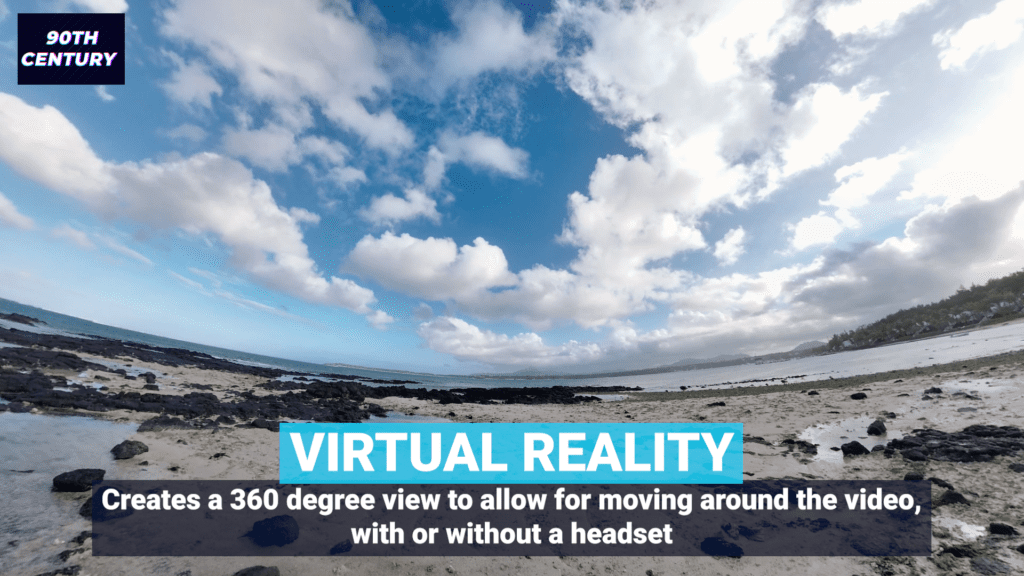Understanding Augmented Reality: The Future of Tech and Experience
In today’s digital age, terms like “virtual reality” (VR) and “augmented reality” (AR) are frequently thrown around, often interchangeably, although they are fundamentally distinct. While VR immerses you in a completely artificial digital environment, AR overlays digital content on the real world. But what exactly is augmented reality? And why is it being hailed as the next big thing in technology?
1. What is Augmented Reality (AR)?
Augmented Reality (AR) is a technology that superimposes a computer-generated image on a user’s view of the real world, thus providing a composite view. In simpler terms, AR enhances your current perception of reality by
integrating and overlaying digital information (like videos, graphics, and sounds) over what you’re currently seeing.
2. How Does AR Work?
The fundamentals of AR can be broken down into a few components:
Sensors & Cameras: These collect data about user interactions and the real-world environment. For instance, a camera might capture what’s around the user and then the software will interpret this information to anchor digital content in that space.
Processing: Much like a computer or smartphone, AR devices require a CPU, GPU, flash memory, RAM, etc., to process the data from sensors and cameras.
Projection: This refers to the actual process of overlaying the digital data onto the real world. Most AR devices use a series of mirrors to assist human eyes in perceiving the digital content as a part of the real world.
Reflection: Some AR devices have mirrors to aid human eyes in perceiving digital graphics.
3. Real-world Applications of AR:
AR has slowly been seeping into various industries, proving its potential beyond just gaming.
Retail: Virtual try-ons where customers can visualize how clothes, glasses, or even makeup would look on them without physically wearing them.
Medicine: AR can be used to overlay valuable information during surgeries or for training medical students.
Real Estate: House tours can be enhanced with AR to provide information about furniture placement, wall colors, or potential renovations.
Education: Interactive AR models can be used in classrooms to provide a hands-on approach to learning complex concepts.
Navigation: AR can enhance traditional maps by overlaying directional arrows on the real world, making navigation in unfamiliar cities easier.
4. The Future of AR:
The growth trajectory for AR technology is steep and promising. Major tech companies, from Apple to Google to Microsoft, are investing heavily in AR development. As hardware becomes more sophisticated and software becomes more intuitive, the line between the digital and the real world is expected to blur even more.
With the advent of wearable AR glasses, contact lenses with built-in AR capabilities, and more immersive AR experiences, the ways in which we interact with the world around us are poised to change dramatically.
Conclusion:
Augmented Reality offers a unique blend of the digital and physical realms. As technology continues to evolve, AR will likely become an integral part of our daily lives, reshaping industries, enhancing experiences, and providing new ways to connect with the world and each other. The future is augmented, and it’s closer than we might think.






